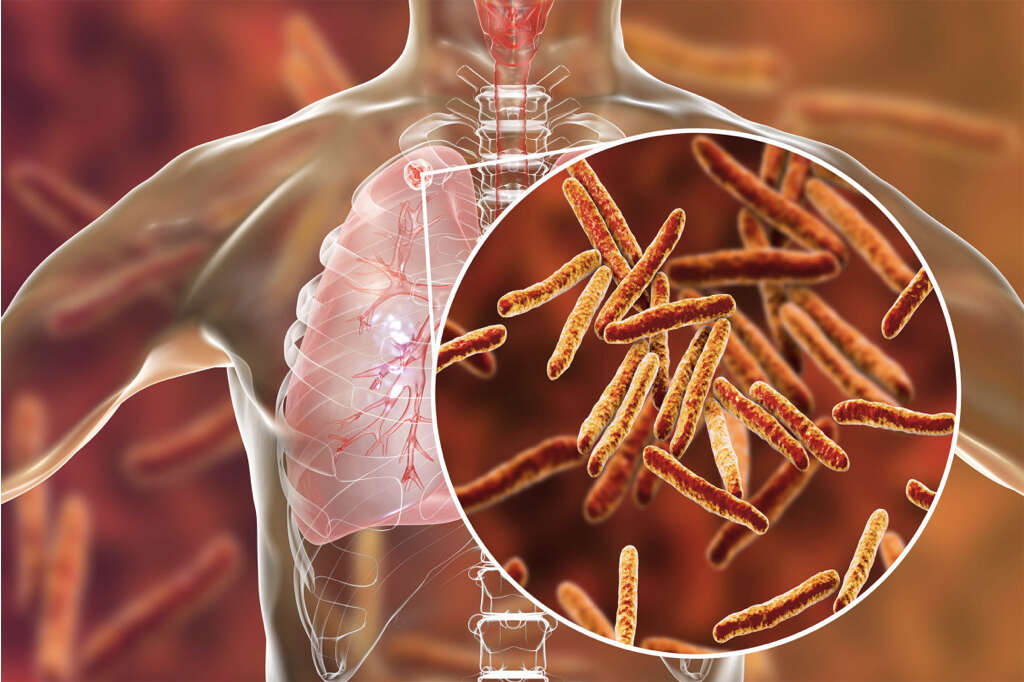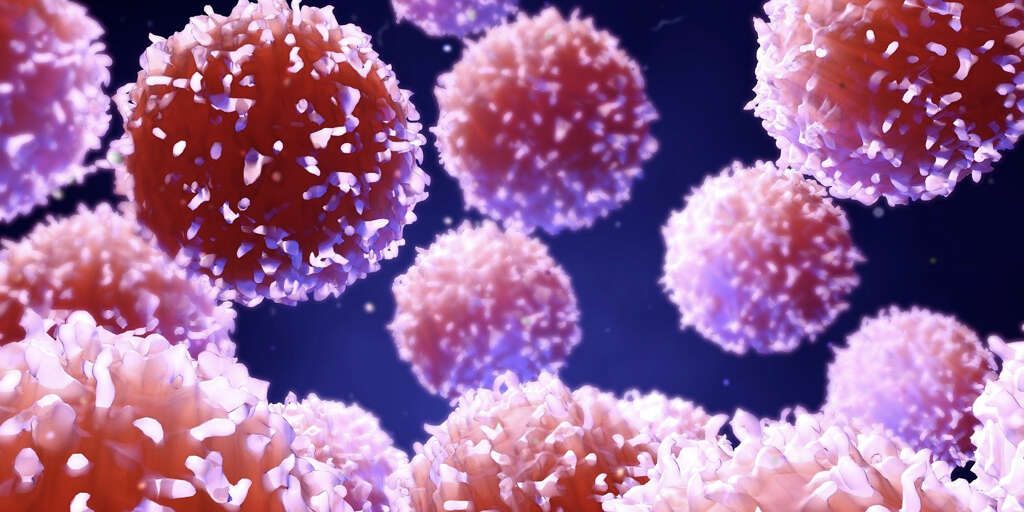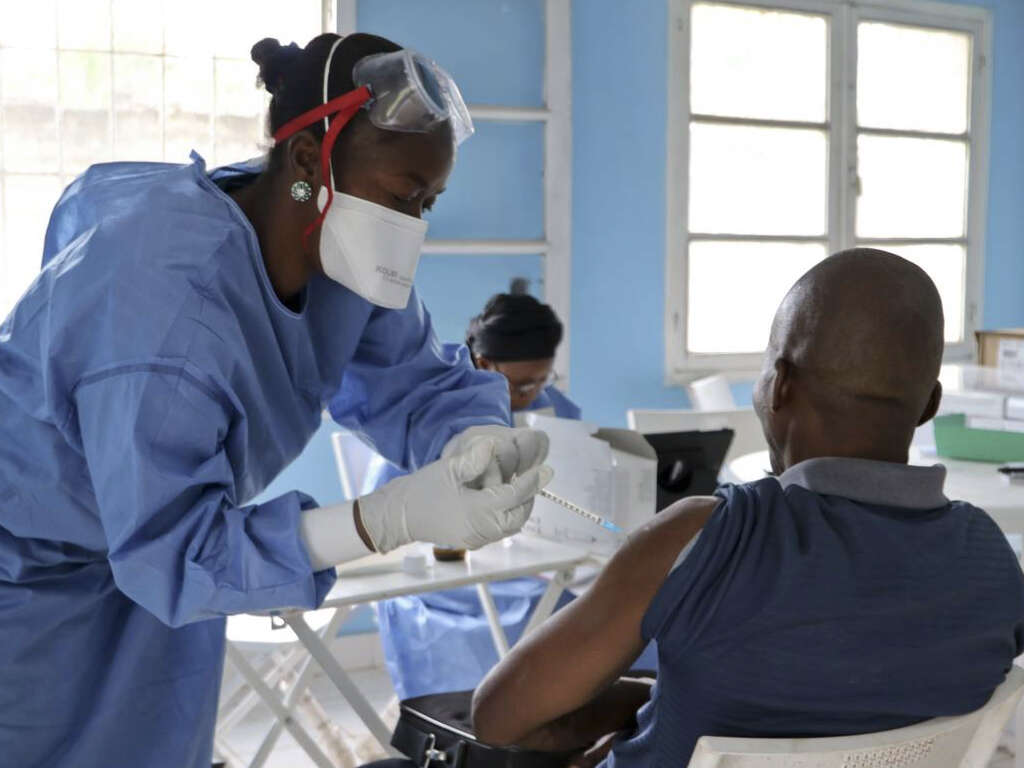What Is a Low Grade Fever?
A fever is also known as a febrile response or pyrexia. It occurs when the temperature is higher than normal due to the increase in the set point of body temperature. When this occurs, the affected individual starts to feel cold and the body compensates by increasing muscle contractions to generate heat. The body will also increase efforts to conserve heat.
A fever can be caused by various issues that range from nonserious to life-threatening conditions. Treatment to reduce a fever is generally not necessary. However, it can provide some relief for the patient to help them rest better. A fever is a very common sign. It is estimated to be one of the symptoms in 30% of children and 75% of adults who sought medical care. Medications that can be used include acetaminophen (paracetamol) and nonsteroidal anti-inflammatory drugs (NSAIDs) such as ibuprofen and naproxen sodium.

1. Definition
Low-grade fever occurs when the body temperature is continuously or intermittently elevated between 37.5C (99.5F) to 38.3C (100.9F). It is a symptom seen in various infectious, neoplastic (cancer), and autoimmune disorders. In some cases, there is no particular disorder as seen in habitual hyperthermia, which is considered to be a variant of normal temperature. If there are no symptoms besides the low-grade fever, treatment may not be required. Methods such as drinking more fluids and resting may be adequate. If necessary, medications such as acetaminophen (paracetamol) and NSAIDs can help lower the fever. Parents should remember to check with their doctor before giving medications to their children. Aspirin should not be given to children while ibuprofen is not recommended for those under the age of 6 months.

2. Symptoms
A low-grade fever may be accompanied by other symptoms depending on the underlying cause. For example, a patient with a low grade fever caused by an infection may also experience coughing, diarrhea, fatigue, myalgia (muscle pain), headaches, sore throat, arthralgia (joint aches), and more.
There may also be decreased appetite and ear pulling (a sign of earache) in children. In cases where there is a change in a mental status behavior such as hallucinations, delirium delusions, and confusion; chest pain; breathlessness; seizures; dysuria (pain during urination); and vomiting blood, it is crucial to seek immediate medical attention. Infants 3 months or younger may have a serious infection even with a slightly higher temperature.

3. Fever and Infections
A fever can be greatly beneficial when there is an infection as it helps to stimulate the immune response in the body. The elevated temperature supports the immune system to gain an advantage over pathogens such as bacteria and viruses. The elevated temperature makes it a less favorable environment for the viruses and bacteria to replicate as these pathogens are temperature sensitive.
The hypothalamus is a small part of the brain that also functions as the body’s thermostat. The hypothalamus is triggered by pyrogens (a substance that triggers fever when released or introduced into the blood) produced by pathogens and body tissue. Once detected, the body generates and retains heat, resulting in a fever.

4. Causes - Respiratory Infections
A respiratory infection, or respiratory tract infection, can be divided into upper respiratory tract infection (URTI) and lower respiratory tract infection (LRTI). Examples of URTIs include pharyngitis, tonsillitis, otitis media, sinusitis, laryngitis, influenza, and the common cold.
LRTI involves the bronchial tubes, lungs, bronchioles, and trachea. Some examples include pneumonia and bronchitis. LRTIs are usually more serious than URTIs. In respiratory infections, the body raises the body temperature to help fight off the infection. Most respiratory infections are caused by viruses. Children can often have multiple infections that causes the fever to seem to last longer.

5. Causes - Urinary Tract Infections
A urinary tract infection (UTI) can affect both the lower and upper urinary tract. When it affects the lower urinary tract, it can also be known as cystitis. When it affects the upper urinary tract, it is known as pyelonephritis. A UTI can cause patients to have symptoms such as pain during urination, increased urinary frequency, urinary urgency, pain in the suprapubic area (above the pubic bone), nausea, vomiting, and fever.
It can occur in individuals of all ages regardless of gender. However, it is more common among women (as they have a shorter urethra). Diagnosis can be achieved via an examination of the urine sample. Treatment generally involves antibiotics such as trimethoprim/sulfamethoxazole or nitrofurantoin.

6. Causes - Teething
Teething is a process where the infant’s first teeth appear through the gums. It usually begins between 6 to 10 months of age and can take several years to complete the tooth eruption process. Teething is known to cause a slightly elevated temperature (low-grade fever) but not beyond 38C. If the temperature is higher, it may indicate an underlying infection. There is pain during the teething process.
The level of pain each child can handle varies. This is why most infants are fussy and irritable when they are teething. The irritability usually begins 3 to 5 days before the tooth can be seen and stops once the tooth breaks through the skin. Other symptoms during the teething process include drooling, increased chewing, swollen gums, sleeplessness, crying, and mood changes.

7. Causes - Stress
A persistent low-grade fever can occur when there is chronic emotional stress. This phenomenon is also known as psychogenic fever. It is more common among young women and individuals who have conditions that are exacerbated by stress (such as fibromyalgia and chronic fatigue syndrome).
Although it is a known condition, there are only a few doctors who study and treat this condition. Since it is not fully understood, it is often diagnosed as a fever without a known cause. The treatment options for this condition are similar to treatment for other stress-related diseases. Medications such as acetaminophen (paracetamol) are generally ineffective in fevers caused by stress.

8. Causes - Tuberculosis
Tuberculosis is an infectious disease that usually affects the lungs. However, it can also spread to other parts of the body. Most cases have little to no symptoms (latent tuberculosis). It is also historically known as the “consumption” disease due to the weight loss associated with the condition.
Other symptoms include night sweats, fever, chronic cough, blood in the mucus, and more. When the infection affects other parts of the organs, it can cause a variety of symptoms. Tuberculosis spreads through the air when those who are affected sneeze, cough, or spit. Active infection is more common among those who are immunocompromised. Treatment includes the use of multiple antibiotics over a prolonged duration.

9. Causes - Autoimmune Diseases
Autoimmune diseases are conditions that occur due to an abnormal response of the immune system. There are more than 80 types of autoimmune diseases. It is a condition that can involve any part of the body. Individuals with autoimmune diseases usually experience symptoms such as tiredness and low-grade fever.
The cause of autoimmune diseases are generally unknown and can involve factors such as genetics, infections, and other environmental factors. Some examples of autoimmune diseases include systemic lupus erythematosus, rheumatoid arthritis, inflammatory bowel disease, and more. Diagnosis can be difficult and treatment depends on the severity of the condition. Immunosuppressants and NSAIDs are commonly used in autoimmune diseases.

10. Causes - Cancers and Medications
Cancer is a disease that involves abnormal cell growth that has the potential to spread or invade other parts of the body. Cancers such as leukemias and lymphomas can cause issues such as an unexplained and persistent low-grade fever. Other symptoms of lymphoma or leukemia may include headaches, bone or joint pain, weakness, night sweats, appetite loss, breathlessness, enlarged lymph nodes, chronic fatigue, and more.
In some individuals, medications such as beta-lactam antibiotics, carbamazepine, methyldopa, phenytoin, and quinidine can cause low-grade fever about 7 to 10 days after starting the medication. For patients who suspect that there is fever due to a new medication, discuss it with your healthcare provider to try a different drug or adjust the dosage of the medication.












